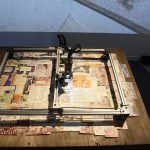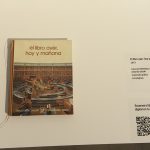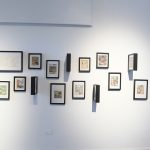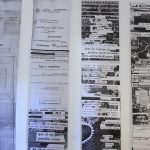-
A simple image to read. An object to observe.
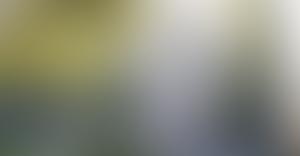
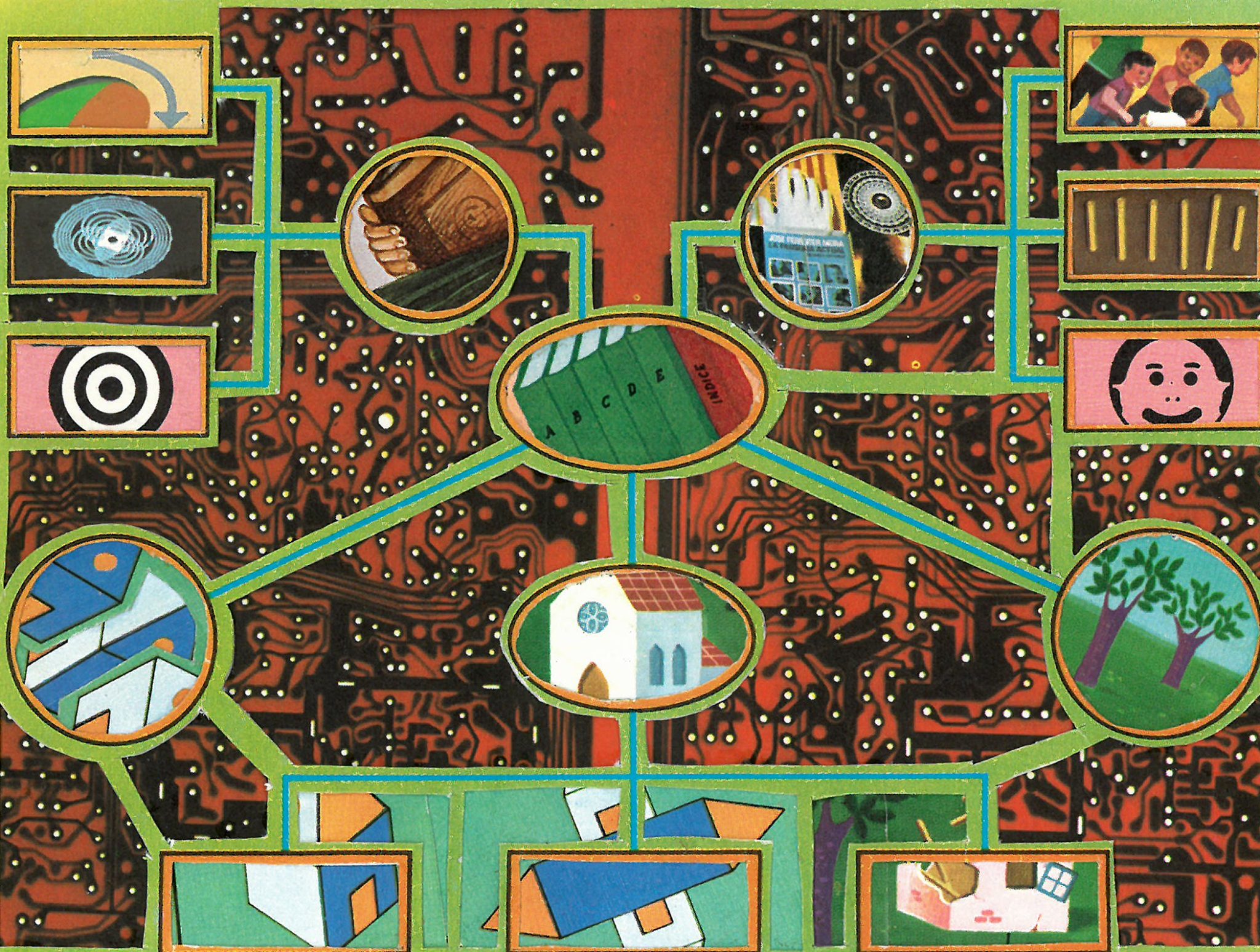
-
A simple image to read. An object to observe.


-
A simple image to read. An object to observe.
From April 5th to June 8thArtist: Carlos Lescano
Curated by: Juliana Robles de la Pava
Supervision: Francisco Lemus, Betina Carbonari -
Presentation
MUNTREF, the museum and art centers of UNTREF, explores various ways to socially disseminate the research and developments that take place within its institution. This exhibition is a good example of that dynamic, as it showcases the work of Carlos Lescano, winner of the Electronic Arts Competition held in the context of the 25th anniversary of the degree program offered by our university, where he is an advanced student.
The project’s curatorship is by Juliana Robles de la Pava, a graduate of our Master’s in Curatorial Studies. The supervision is overseen by Francisco Lemus, PhD in Comparative Theory of the Arts (UNTREF) and academic coordinator of the Master’s program, and Betina Carbonari, project coordinator at MUNTREF. This succession of acknowledgments highlights the synergy between undergraduate and postgraduate education, and the spaces for research and development.
The intersection of different areas and the possibility of presenting and confronting the results with the audiences who visit MUNTREF is part of our mission. We are convinced that contemporary art is often the spark that can introduce aspects of our present and transform the art space into a place for encounter and thought.
Diana B. Wechsler
Artistic Director, MUNTREF -
Curatorial text
The book Yesterday, Today and Tomorrow, Video Reading of Numerical Control (2024) is a video installation by Carlos Lescano—a project that expands contemporary imagination and served as the starting point for this exhibition. Through a mix of images and texts arranged at different scales, positions, and dynamic movements, the exhibition offers an experience centered on the history of the book, encyclopedic formats, and their contemporary interpretations. In this context, the future of writing and reading is challenged by the development of Artificial Intelligence and robotics, giving rise to a visual and sonic narrative built through the use of various media and formats.
In recent years, Carlos Lescano has developed an artistic practice based on the operations of cutting and layering images and texts, combined with the use of electronic components. Through collage, he questions the history of the book and explores the transformation of information carriers and their technical shifts, bringing into dialogue poetry, uncreative writing—such as the use of databases, reports, manuals, and recipes—manuscripts, and new digital communication technologies.
This exhibition reveals the artist’s multiple operations and invites us to reflect on how the narrative of the book—its materials, formats, and uses—has been technically and materially woven throughout different historical moments.
Juliana Robles de la Pava
-
Photogallery
Venue
Center of Contemporary Art


